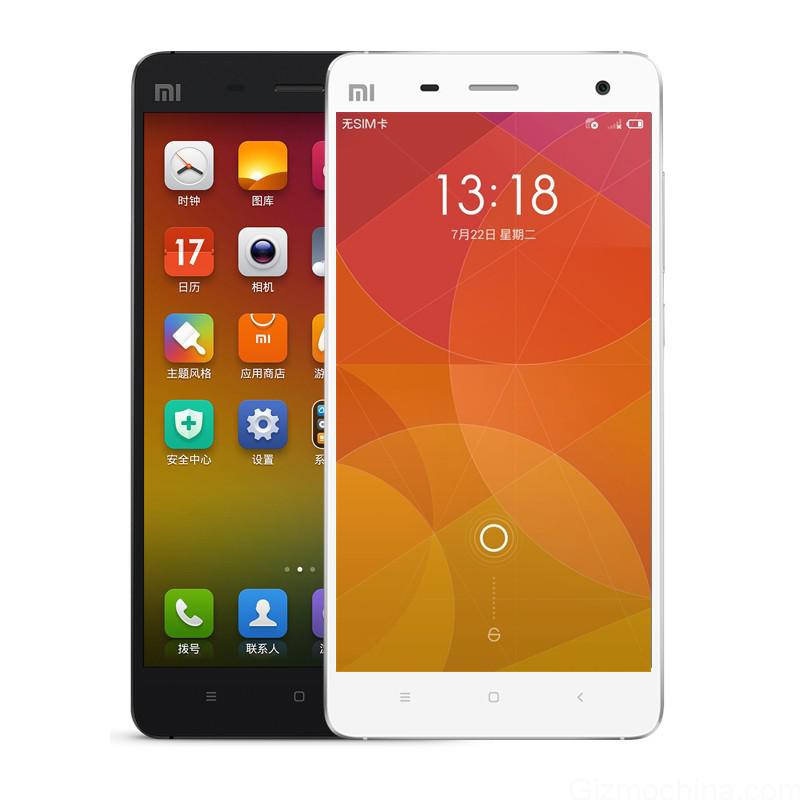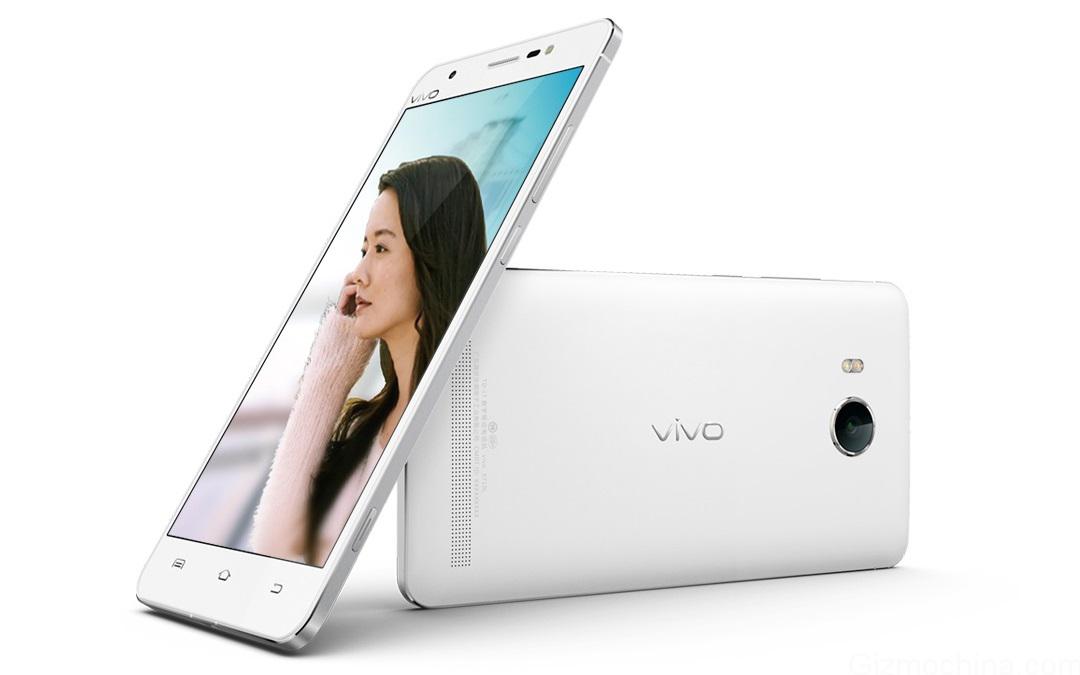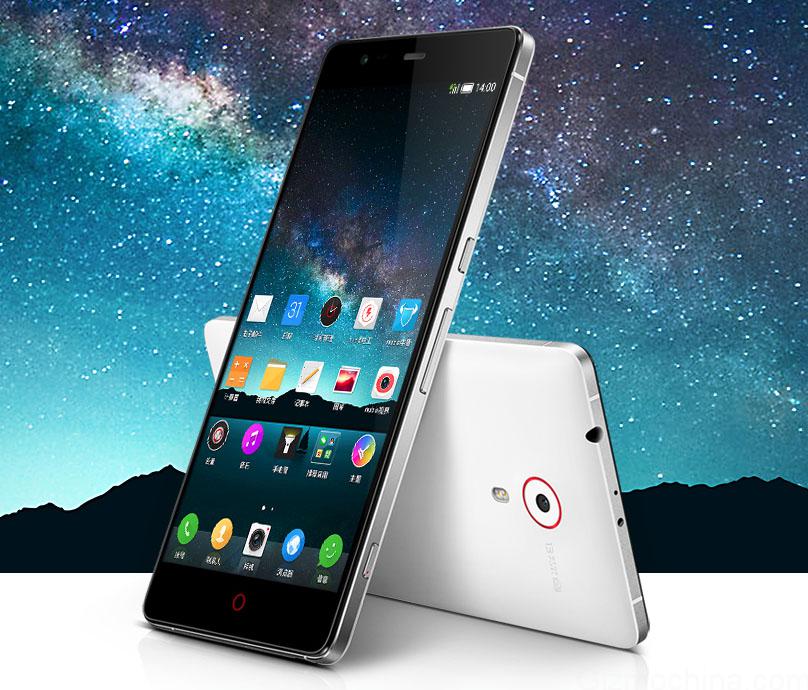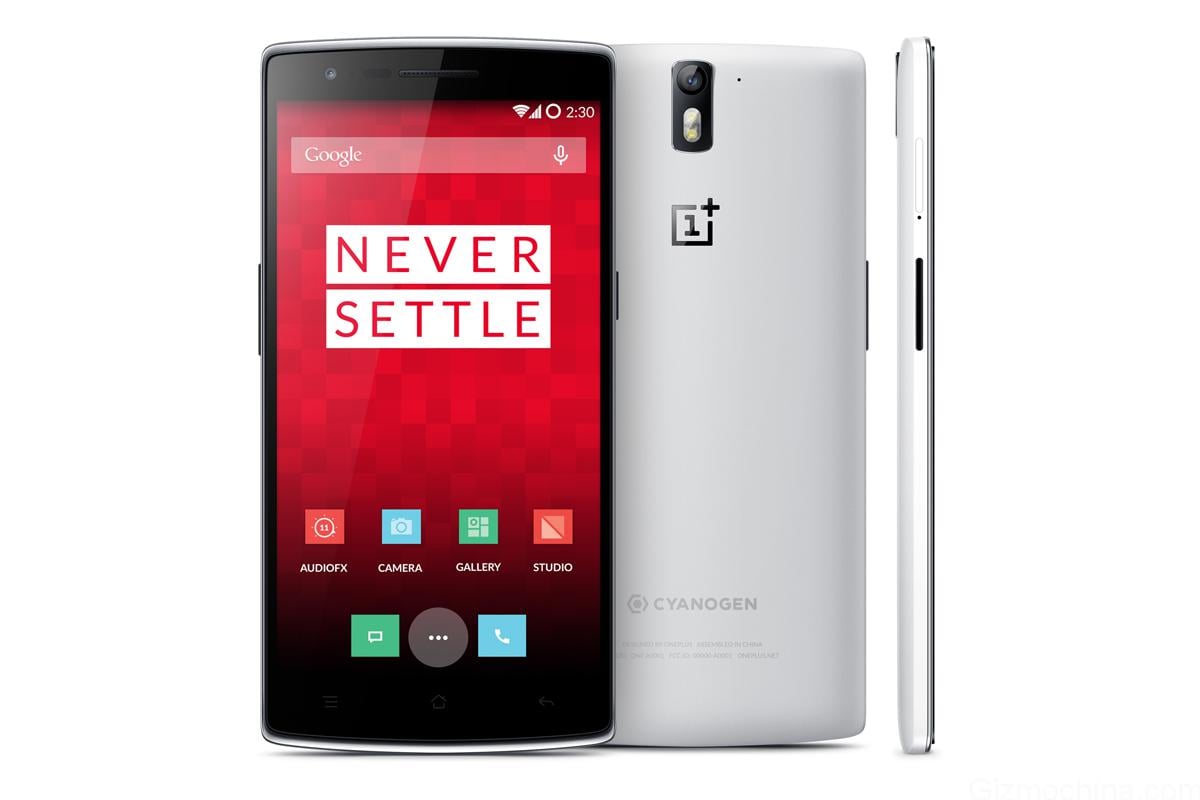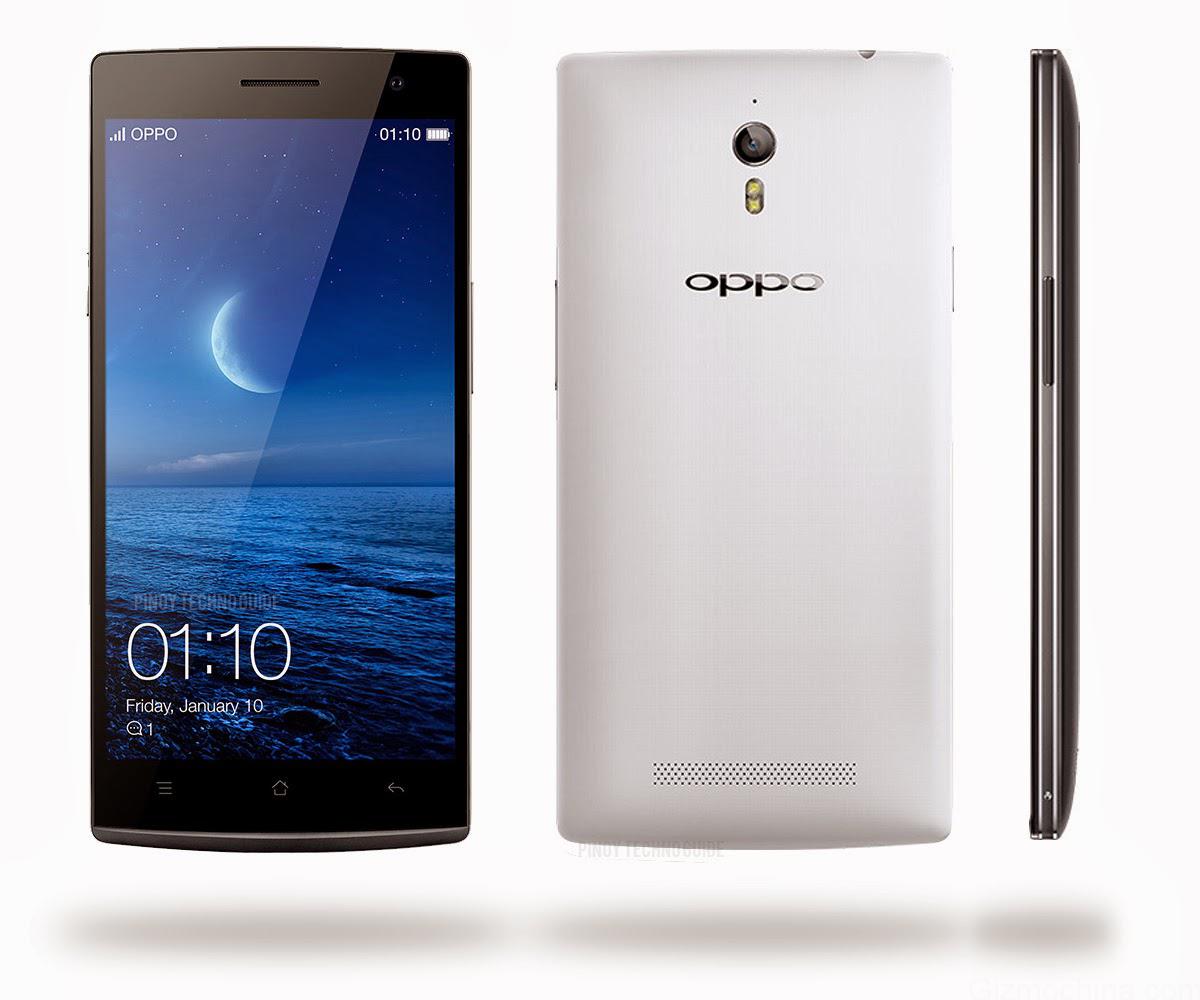Today we all want to have a mobile device, which is able to serve our business and leisure needs on the go. And yes, we all want to get the things done as quickly as possible. That is why we may want to have a smartphone with the 4G LTE (Long-Term Evolution) capability, which lets us download the online content up to 10x faster than using the 3G network. That is even more important if you love watching online videos, listening online radio and use other services, because they are all data-speed hungry.
More and more Chinese manufacturers understand that and produce the devices that support 4G LTE network. However, there are quite many of them and it may not be easy to choose from.
More and more manufacturers try to include as many 4G LTE compatibility bands in the devices, but it may still happen that the smartphone is not able to connect to the lightning fast network, because it may have been designed for a particular region. For example, if the device is designed for Chinese market only, it will most likely work with Chinese LTE frequency bands (TD-LTE). However, if the device is designed for international audience, it will most likely be capable of 4G LTE network in your area.
In general, LTE has its band number (from 1 to 40) and frequencies (from 700 MHz to 2600 MHz).
To be sure, here is some information regarding 4G LTE compatibility in your region:
Asia – 1800, 2600 MHz (band numbers 1, 3, 5, 7, 8, 11, 13, 40);
Europe – 700, 800, 900, 1800, 2600 MHz (band numbers 3, 7, 20);
North America – 700, 750, 800, 850, 1900, 1700/2100, 2500 and 2600 MHz (band numbers 4, 7, 12, 13, 17, 25, 26, 41);
South America – 1800, 1900, 2500 MHz (band numbers 3, 7, 20);
Australia, New Zeland – 1800, 2300 MHz (bands 3, 40).
NOTE: since the 4G LTE network is still under development in some countries, the carriers may start using different bands. Also, different network carriers in your country may operate on different frequencies and bands. Moreover, make sure if the area you live is covered by the 4G LTE. Finally, please make sure the exact carrier you are going to use in your country. It may sound a bit complicated will all these different bands and frequencies, but keep in mind that one smartphone is usually capable of many different 4G LTE bands: the international model will most likely work in your area, Chinese models will work for sure in China, BUT YOU HAVE ALWAYS NEED TO CHECK BEFORE BUYING!
So which devices are worth your attention? Let’s take a look (we do not stress the particular order of the devices).
MEIZU MX4 PRO
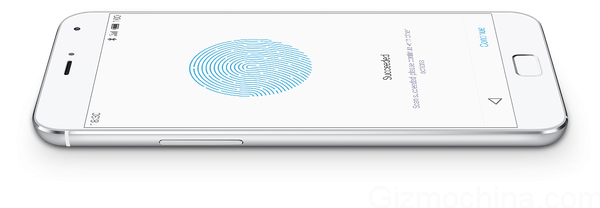 Meizu launched this beast of the phone very recently – November 19th. The bigger brother of the MX4 has a juicy pack of specs in a beautifully designed shell. It starts with the screen, which is 5.5 inches in size and is covered by Gorilla Glass 3. But more importantly, it boasts a whopping 2,560×1,536 resolution with an amazing 546 PPI. Moreover, it replaces MX4’s Mediatek chip with the Exynos 5430 one, which works on big.LITTLE architecture, where 4 A15 cores are clocked at 2.0 GHz and another 4 A7 cores at 1.4 GHz. The Meizu also manages to step into the big guys game by adding 3 GB of Ram, Hi-Fi audio hardware (which is controversially called “Retina Sound” (are they able to see the sound?), fingerprint scanner, increased the battery capacity to 3350mAh, kept the same 20.7mpx resolution Sony camera, but increased the resolution of the front facing camera to 5mpx.
Meizu launched this beast of the phone very recently – November 19th. The bigger brother of the MX4 has a juicy pack of specs in a beautifully designed shell. It starts with the screen, which is 5.5 inches in size and is covered by Gorilla Glass 3. But more importantly, it boasts a whopping 2,560×1,536 resolution with an amazing 546 PPI. Moreover, it replaces MX4’s Mediatek chip with the Exynos 5430 one, which works on big.LITTLE architecture, where 4 A15 cores are clocked at 2.0 GHz and another 4 A7 cores at 1.4 GHz. The Meizu also manages to step into the big guys game by adding 3 GB of Ram, Hi-Fi audio hardware (which is controversially called “Retina Sound” (are they able to see the sound?), fingerprint scanner, increased the battery capacity to 3350mAh, kept the same 20.7mpx resolution Sony camera, but increased the resolution of the front facing camera to 5mpx.
Detailed 4G info:
1800, 2100, 2600 MHz (band numbers 1, 3, 7);
TD-LTE 1900, 2300, 2500, 2600 MHz (band numbers 38, 39, 40, 41).
The smartphone will come in gray, white and gold colors. Meizu will start selling the MX4 Pro soon (December 6) in China. The price is amazing for what you get: $410 (2499 Yuan) for the 16GB model and increase if you choose 32GB or 64GB variants. International pricing starts at $499 and you can buy it from Oppomart.
MEIZU MX4
It is a little brother of the abovementioned MX4 Pro. The regular MX4 has almost identical, but a bit smaller body, which is beautifully crafted and has a premium look. With the screen size of somewhat extra-ordinary size of 5.36 inches, Meizu managed to keep the device compact by cutting down the side, top and bottom bezels to the extreme. We can also add that the bezels add some killer looks to the design. If we continue with the specs, we should always keep in mind that “little brother” thing, but it still has a lot to offer like a Mediatek MT6595 chipset (with the 4 A17 cores clocked at 2.2GHz and 4 another A7 cores clocked at 1.7GHz), which manages to run even the most graphic intense games without a sweat, 2GB of Ram, the same Sony 20.7mpx IMX220 Exmor RS sensor at the back, Sony 2mpx IMX208 sensor at the front, 3100 mAh battery, great audio performance, the same dual 4G connectivity and more.
The device was released earlier and it is available to purchase at the moment both in China and internationally. The smartphone comes in gray, white and gold colors.
Detailed 4G info:
1800, 2100, 2600 MHz (band numbers 1, 3, 7);
TD-LTE 1900, 2300, 2500, 2600 MHz (band numbers 38, 39, 40, 41).
The lowest storage option of 16GB starts selling at 1799 Yuan in China. However, as usual for the international market, the MX4 same model starts at $449 (it includes shipping and taxes) if you buy it at the official online store of Meizumart. The good news is that the Oppomart currently has it on sale, so you can grab it for as low as $389!
Xiaomi MI4
The company like Xiaomi does not need any further introduction as it has become well-known both in China and internationally. This device is once again a proof how Chinese manufactures manage to squeeze in the best hardware into a beautifully designed and reasonably priced package. It starts with the Full-HD display, which has “only” 5 inches of size, making the Mi4 one of the most pocket friendly devices. The main accent of the design is the metal frame, which goes all around the phone. It definitely adds a premium look and feel to the device. The Xiaomi continues to impress to add one of top of the line chips – Snapdragon 801, with the 4 cores clocked at 2.5 GHz, 3 GB of Ram, Adreno 330 GPU, a juicy non-removable 3080 mAh battery, Sony 13mpx IMX214 camera with very fast F/1.8 aperture at the back and very good front facing 8mpx Sony shooter at the front. In addition, it has all the basic connectivity as you would expect from any flagship device like Bluetooth 4.0, Wi-Fi 802.11 a/b/g/n/ac, GPS, Glonass and more. The same like both Meizu MX4 Pro and MX4, however, it lacks the MicroSD card slot and removable battery.
4G info:
On the contrary to the mentioned Meizu products, the Mi4 does not have a dual 4G connectivity. It has different models, one being only 3G version, another being capable of 4G TD-LTE 2570-2620/1880-1920/2300-2400MHz (which works in China only). International customers wanting a 4G Xiaomi Mi4 will want to wait until a China Unicom LTE version is released later this year.
The Xiaomi Mi4 comes in white and black colors, 16GB and 64GB storage flavors. It is available to buy now and it is selling like the hot cakes. The cheapest is the “Youth” version of the Mi4 (with 2GB of Ram, 16GB storage and TD-LTE connectivity only) costs 1799 Yuan in China. The regular Mi4 starts at 1999 Yuan in China and at about 360 USD internationally through the third-party resellers. You can buy a regular Xiaomi Mi4 for $369 at Oppomart.
VIVO XSHOT
Vivo is one of the most premium smartphone makers in China, which also talks about itself to international arena with the things like the first 2K display on the smartphone or the thinnest device in the world. Also, the world is yet to see the thinnest smartphone in the market, which is due to launch on December 10th.
This time Vivo with its Xshot flagship, which was announced back in May, touts its amazing camera performance. It does include an impressive camera pack: 13mpx Sony IMX214 camera sensor with the F/1.8 aperture, OIS, 6 element lens, dual-tone dual LED flash, dedicated camera button, professional camera software, which is specifically tailored to the Xshot. The amazing package does not end on the back, as the front shooter has a 8mpx wide angle lens with the flash, which makes night selfies a reality for those selfie fans!
As a camera centric device, the Xshot does not lack any of the specs to be called a flagship device. Vivo’s camera oriented device has two variants: one being a lower version, which has Snapdragon 801 chip with 4 cores clocked at 2.3 GHz, 2GB of RAM and 16GB of storage. The “Ultimate” or the flagship version bumps up the specs a bit: the Snapdragon 801 chip is clocked at 2.5 GHz, extra gig makes it total 3 gigs of RAM and storage increases to 32 GB. It should be noted that both variant have an expandable MicroSD storage option, which we should consider an advantage in the world of sealed smartphones.
What is more, the Xshot packs 5.2 inches Full-HD display and it makes the device manageable in one hand. Also, as usual to Vivo, it adds it Hi-Fi goodies like Maxim MAX97220 to amplify the headphones, Cirrus CS4398 DAC and Texas Instrument TLV320 chip to further improve audio experience. Similarly to Xiaomi’s Mi4, it misses NFC connectivity.
4G info: It should be mentioned that only flagship version supports dual 4G LTE networks (1800/2600MHz for FDD-LTE and TD-LTE for Chinese networks) as elite version only works with TD-LTE Chinese 4G networks.
The Vivo Xshot, however, comes with a premium price tag, which is 3,498 Yuan (about $560) for the flagship version and the 2,998 Yuan (about $480) for the elite version in China. International customers can get it through the third-party resellers, but the price may be a bit higher. If you are considering to get a serious camera smartphone, you can make it yours by buying it at Oppomart starting at $599.
ZTE NUBIA Z7
It is the long-awaited flagship from the Nubia family, which is a big brother of the Z7 Max and Z7 Mini. It has almost everything you could wish for a top of the line device including 5.5 inches 2K display stuffed in a beautiful metal frame, Snapdragon 801 Quad Core 2.5GHz chip, 3 GB of Ram, 32 GB of storage, dual 4G LTE connectivity, 3000mAh battery (non-removable), Sony 13mpx IMX214 camera with OIS and F/2.0 aperture, dual tone dual LED flash, dedicated camera button, the 5pmx front facing shooter. In addition, it comes with dual SIM support (one working on 3G, other on 4G networks). All other things like Wifi, Bluetooth 4.0, GPS etc. comes as expected from a flagship device.
Despite the fact that it was announced in July, the Z7 was made available to purchase just recently. The Nubia Z7 is priced at around $550 in China and at about $699 internationally through the resellers like Oppomart.
4G LTE Info: 1800, 2100, 2600 MHz frequencies.
However, Nubia has something more budget-friendly to offer: the Nubia Z7 Mini and the Nubia Z7 Max. The former comes with a 5 inches Full-HD display, Snapdragon 801 chip, 2GB of RAM, and 16GB of storage. The latter features a 5.5 inches Full-HD display, Snapdragon 801 chip, and 2GB of RAM. The Nubia Z7 Mini is priced at about $240 and the Nubia Z7 Max at around $320 in China and a bit more internationally. If you are interested in buying great devices with awesome specs for a budget-friendly price, you can get it from Oppomart for $369 (Nubia Z7 Max) and for $289 (Nubia Z7 Mini).
ONEPLUS ONE
OnePlus has made known itself by introducing a “flagship killer” device, the controversial invite system and marketing campaign. It does pack some serious punch for a killer price tag. That includes Snapdragon 5.5 inches Full-HD JDI display, 801 chip, clocked at 2.5 GHz, 3 GB of Ram, Adreno 330 GPU, a great non-removable 3100 mAh battery, Sony 13mpx IMX214 Camera with a good F/2.0 aperture at the back and great front facing 5mpx Sony shooter at the front. In addition, it has all the basic connectivity as you would expect from any flagship device like Bluetooth 4.0, Wi-Fi 802.11 a/b/g/n/ac, GPS, Glonass and more.
4G info: LTE 700, 1700, 1800, 2100, 2300, 2600 MHz frequencies.
It is still not easy to get through the official website for international customers as you would need to have an invite to purchase one. However, it can be purchased in Silk White and Sandstone Black colours at the moment for the official prices of $299 for 16 GB model and $349 for the 64 GB model in China. International customers should either participate in contests to receive an invite, be in time for open sale like Black Friday by OnePlus or pay a bit extra and just simply buy it through the third-partyresellers like Oppomart starting at $349.
OPPO FIND 7/7A
Oppo has been known for its great design and great specs. It is starting to receive more and more recognition outside of China, especially with the devices like Find 7 or a bit lower end version – 7a.
As far as design, it is similar to the OnePlus One. Also, it packs very similar specs and it includes 5.5 inches (but better resolution at 2K) display, Snapdragon 801 chip, clocked at 2.5 GHz, 3 GB of Ram, 32 GB of storage, Adreno 330 GPU, Sony 13mpx IMX 214 Camera with a good F/2.0 aperture at the back and great front facing 5mpx Sony shooter at the front. On the other hand, it exceeds over the OnePlus with the removable battery (2800 mAh), super fast charging capability and Micro SD support.
The lower end 7a version can still be called a flagship as the only differences are the downgrades in display (Full-HD), Ram (2 GB), clock speed of the chip (2.3 GHz), storage (16 GB).
4G info: international variant: 800, 1800, 2100, 2600 MHz frequencies; Mexico and U.S. variant: 700, 1700, 2100 MHz frequencies.
Find 7/7a can be easily purchased for international customers for $549 and $499 respectively. If you really want to have a true flagship from Oppo, we recommend buying the Find 7 version from Oppomart at $549. However, the Find 7a is also a perfect choice, especially if you want to save a little bit of money and get just a bit downgraded specs. You can get the 7a for $499 from Oppomart.
Conclusion
Each mentioned smartphone really deserves its flagship name. They may differ in size, design, colour and things on the outside. They may also differ with the things like the user interface on the inside. All this leads to your personal preference. So what would you choose as a top Chinese 4G LTE flagship device for 2014? Let us know in the poll.
[socialpoll id=”2236199″]

